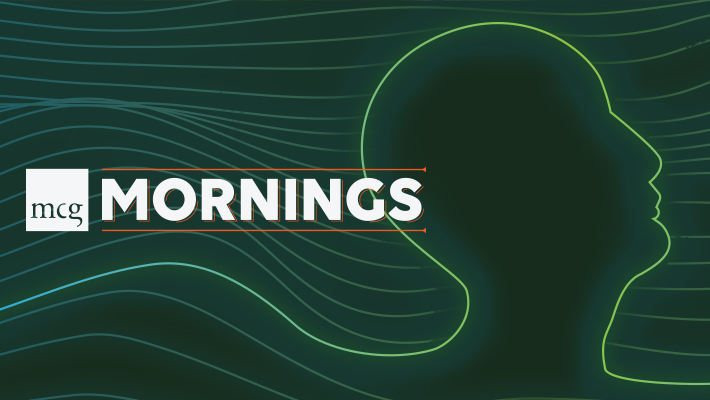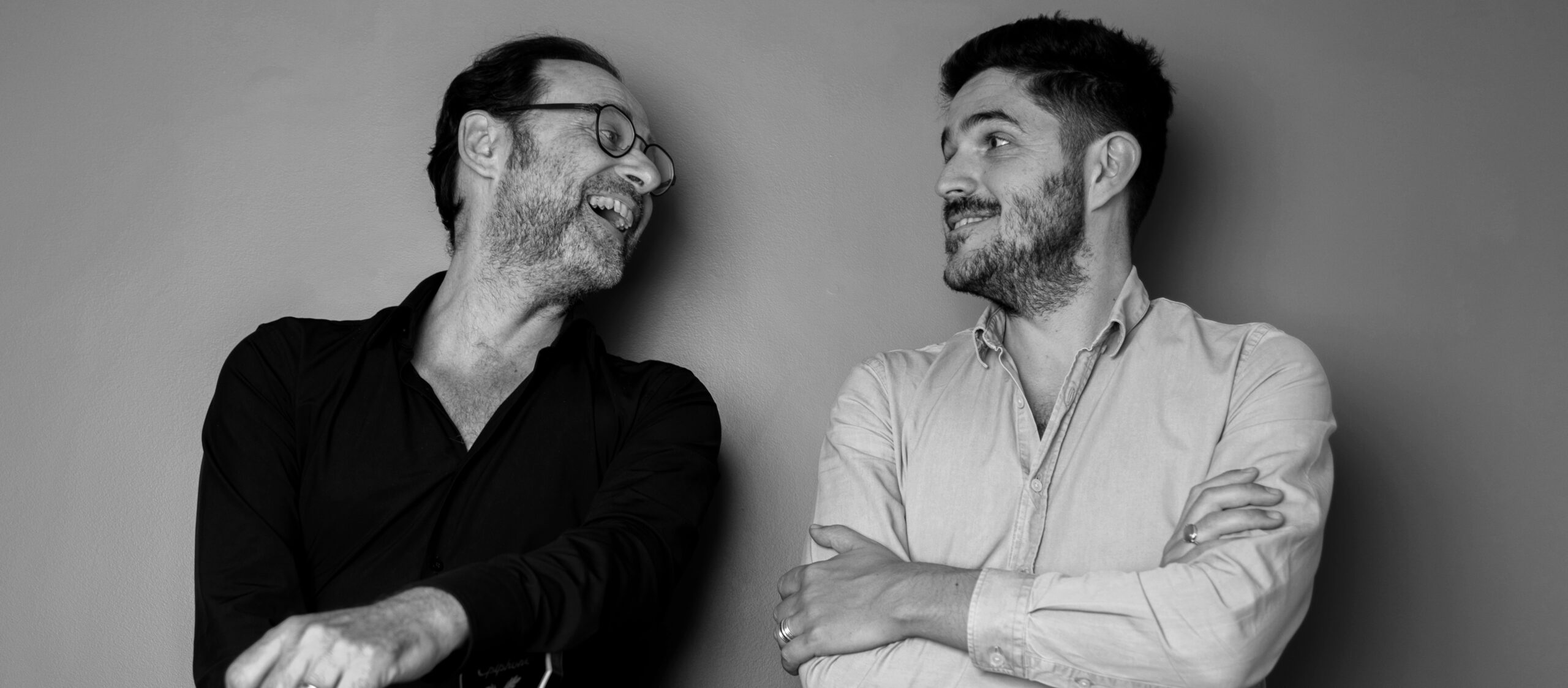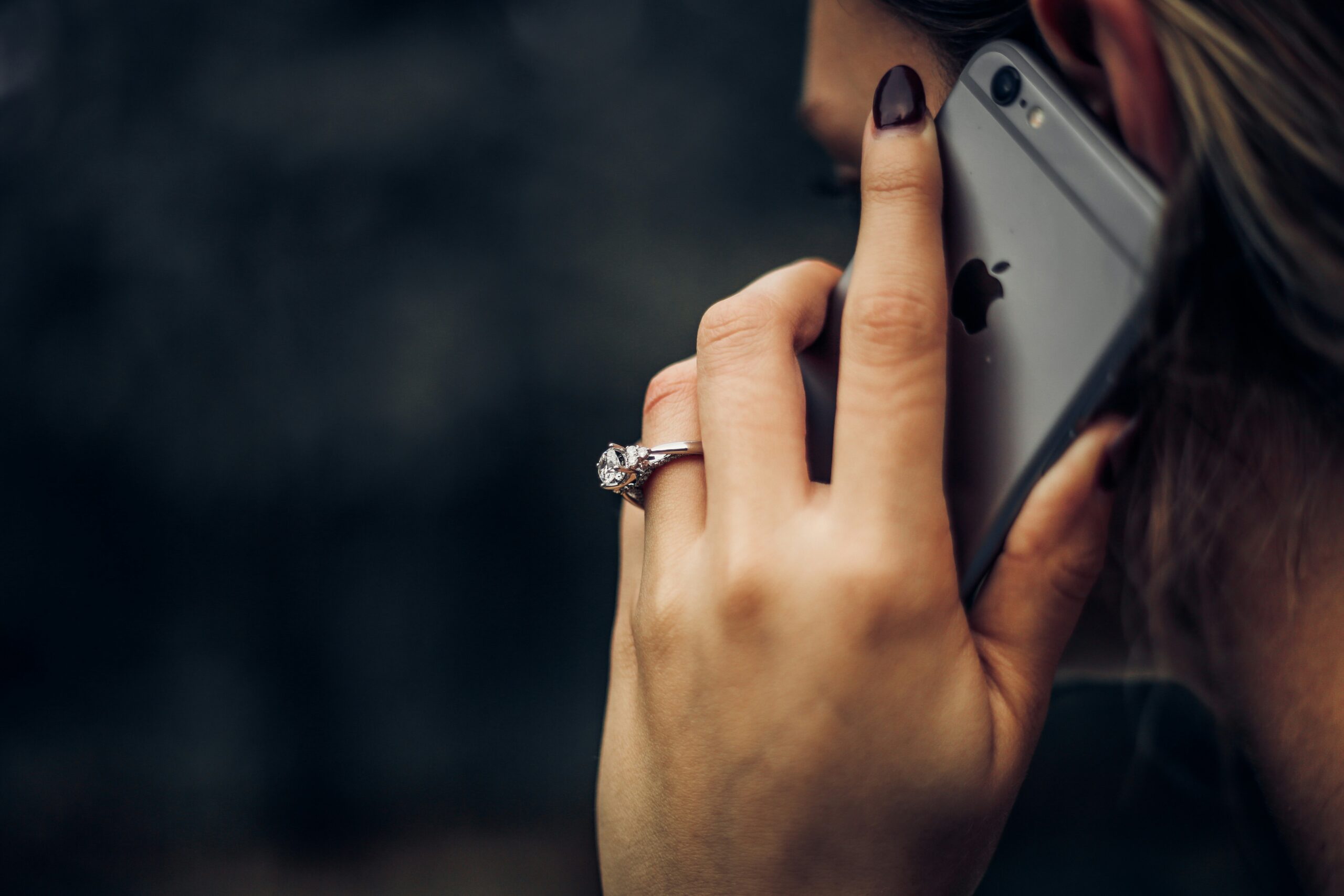YOU WANT TO KNOW MORE ABOUT HOW SOUND AND MUSIC CAN HELP YOUR BRAND. HERE IS A RECAP OF OUR MARCH 10, 2020 MCGUFFIN MORNINGS WITH COLLEEN FAHEY AND NEIL SHAH ON AUDIO BRANDING.
Colleen Fahey, Managing Director at Sixieme Son, held a conference in Chicago, along with Neil Shah, the Senior Director of Global Marketing at Shure and our trusted client, that took the audience through an engaging, eye-and-ear-opening presentation about audio branding.
Listen closely and you’ll hear the sounds of today’s brands all around you, sparking interest and standing out in a cluttered marketplace. Brands with a sound as distinctive and powerful as a logo. An “earprint,” if you will. One that—like a fingerprint—is uniquely, identifiably, their own.
It’s a sound concept known as audio branding. Just as visual branding defines a brand with color and shape, audio—or sonic—branding does so with sound and music. The relevance of sonic identity is getting greater traction in branding circles and the audiophiles at McGuffin Creative Group wanted to hear more. So we invited a pair of audio experts to our latest McGuffin Mornings to underscore how audio moves behavior.
A SONIC ECOSYSTEM

A longtime agency creative executive with a background in traditional branding, Colleen Fahey now has a broader belief in the parameters of brand identity. As co-author of the book, “Audio Branding, Using Sound to Build Your Brand,” Fahey champions audio identities that help make brands memorable.
“Well-designed audio clarifies what your brand stands for,” she says. “Are you carefree, festive and mobile? Trustworthy, supportive and comfortable? Innovative, surprising and friendly?”
Audio branding is about defining a brand’s audio DNA and then adapting that DNA to all touchpoints—or soundpoints—encompassing a sonic ecosystem that includes everything from on-hold music to broadcast commercials.
The language of music is well understood across borders and age groups. According to Fahey, when music is used as a language, it not only creates a bond, it tells a story in a language that is universally understood.
We live in the audible era, says Fahey. Our future is sonic.
“If the computer of today is mostly visual with an aid from voice, the computer of tomorrow has a good chance of being primarily voice, aided by visuals.”

Sound doesn’t require eyes to grab attention, and technology has made it easier for us to not just multi-task, but multi-sensory-task: listen to a podcast while driving, talk to Alexa while cooking, watch TV and scroll through Instagram.
This reliance on an overabundance of devices has led to “continuous partial attention,” coined by technical writer Linda Stone.
Building engagement through music is more than creating a memory device. It’s not about jingles, nor the licensing of popular songs. Songs are not ownable. They come and go, but an ownable audio mark has far greater staying power.
McGuffin Mornings speaker Colleen Fahey’s examples of familiar audio logos and the emotions they communicate to the listener.
As the name suggests, continuous partial attention means that audiences are interacting with brand messages in short, sporadic bursts. Brand marketers have more reason than ever to make the most of every touchpoint, including the audio ones. Companies that utilize a multi-sensory approach stand a better chance of connecting with the consumer.
AUDIO BRANDING CASE STUDY: SHURE INC.
Fahey says that one misconception about audio branding is that it’s just for television and radio advertisers. Not so. She has worked with both B2C and B2B marketers, including robotics firms, a nuclear energy provider, insurance for healthcare professionals, pharmaceutical companies and, of course, Shure® Inc., whose Senior Director of Global Marketing, Neil Shah, shared the stage with Fahey during McGuffin Mornings.
Founded in 1925 in Chicago, Shure is a global leader in the manufacture and sale of premium audio solutions—microphones, primarily, along with headphones, earphones and more—for customers in a range of industries around the world.
“Chances are, if you see someone on stage,” Shah observed, “they’re using a Shure microphone.” In fact, Fahey and Shah confirmed that they were using a Shure microphone for their McGuffin Mornings presentation.
“SOUND EXTRAORDINARY” WITH AUDIO BRANDING
Shah noted that although they were an audio company, ironically, “The Shure brand didn’t have a sound. Our products are designed to be silent, channeling our customers’ sound.”
The company had refined their branding expression and branding identity—“Sound Extraordinary”—to be bolder and more of a leader. They invested a great deal in visual design and tone of voice, but had yet to consider a sonic element.
“Sonic branding wasn’t on our radar. But as we got into software devices, connected devices, the Internet of Things, we found there was an increasing need for our products to make sounds or provide audio cues and sonic prompts.”
Their first foray into audio branding is for their premium Shure Bluetooth® headphones. They decided to look at the sounds their headphones make during various stages like “Bluetooth Pairing / On / Off / Action Complete.”
Working with Fahey and her team, Shure examined an audio landscape that would best relate Shure’s brand promise of infusing knowledge into the passion of others. They evaluated micro melodies and textures that would be ownable and best communicate the intended message.
They asked themselves, “What are the sounds that our brand is going to make? We’re an audio company; we didn’t want music, no genres. We needed to reflect all customers we serve.”
Shure’s sonic branding adventure is just beginning. Looking ahead, the Shure team expects that sonic identity will continue to grow in importance for their brand, and across the technology landscape.

- A thorough audio brand exploration helps ensure you stay true to your brand. You need to create an audio brand that feels like you.
- Like visual branding, audio branding utilizes a style guide. Core elements stay the same (like a logo) but can be expanded depending on medium and usage in a campaign.
- Audio branding is relevant across industries in both the B2B and B2C spaces. As long as you are authentic to your brand and know your customer journey inside and out, it doesn’t matter if you are selling toothpaste or hospital security software. It will enhance the customer experience.
- Audio branding can help brands combat distraction caused by device overload, overcoming the effects of continuous partial attention to ensure brands are in front of their target customers in a natural way as they move through their day.
- The more marketers expand into different mediums, the more inclusive we can be. Someone who is blind or vision impaired can potentially benefit from a brand’s expansion to audio, just as captioning on social media videos has created a more inclusive experience for those who are hearing impaired.
Read the article on McGuffin here









